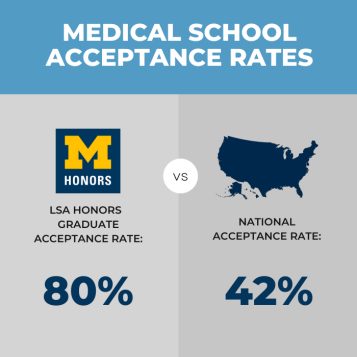Optometry School Acceptance Rates: What Are Your Chances?

Getting into optometry school is a competitive endeavor, and understanding optometry school acceptance rates is crucial for aspiring students. With a growing demand for eye care professionals, many wonder, “What are my chances of getting accepted?” This blog post will break down the factors influencing acceptance rates, provide insights into the application process, and offer tips to enhance your chances of securing a spot in a top optometry program.
Understanding Optometry School Acceptance Rates

Optometry school acceptance rates vary widely depending on the institution, program reputation, and applicant pool. On average, acceptance rates range from 5% to 20%, with top-tier schools often being more selective. Factors such as GPA, OAT scores, letters of recommendation, and personal statements play a significant role in determining your chances.
| School | Acceptance Rate | Average GPA | Average OAT Score |
|---|---|---|---|
| UC Berkeley School of Optometry | 12% | 3.7 | 340 |
| Indiana University School of Optometry | 15% | 3.6 | 335 |
| New England College of Optometry | 18% | 3.5 | 330 |

Key Factors Affecting Acceptance Rates
- Academic Performance: A strong GPA, particularly in science courses, is essential.
- OAT Scores: Competitive scores in the Optometry Admission Test (OAT) are critical.
- Extracurricular Activities: Relevant experience, such as shadowing optometrists or volunteering, strengthens your application.
- Personal Statement: A compelling essay that highlights your passion and readiness for optometry can set you apart.
📌 Note: Research each school’s specific requirements, as they may vary.
How to Improve Your Chances of Acceptance

1. Excel Academically
Focus on maintaining a high GPA, especially in prerequisite courses like biology, chemistry, and physics. Consider retaking courses if necessary to improve your grades.
2. Prepare Thoroughly for the OAT
The OAT is a significant factor in admissions. Use study guides, practice tests, and prep courses to achieve a competitive score.
3. Gain Relevant Experience
Shadow optometrists, volunteer in eye care clinics, or participate in research to demonstrate your commitment to the field.
4. Craft a Standout Personal Statement
Your personal statement should reflect your unique journey, passion for optometry, and career goals. Be authentic and concise.
Checklist for Optometry School Applicants

- [ ] Research optometry school acceptance rates for your target schools.
- [ ] Maintain a strong GPA, especially in science courses.
- [ ] Achieve a competitive OAT score.
- [ ] Gain hands-on experience through shadowing or volunteering.
- [ ] Write a compelling personal statement.
- [ ] Secure strong letters of recommendation.
Final Thoughts

Navigating the optometry school application process can be challenging, but understanding optometry school acceptance rates and preparing strategically can significantly improve your chances. Focus on academic excellence, gain relevant experience, and showcase your passion for optometry in your application. With dedication and careful planning, you can secure a spot in a top optometry program and take the first step toward a rewarding career in eye care.
What is the average acceptance rate for optometry schools?
+The average acceptance rate ranges from 5% to 20%, depending on the school and program.
How important is the OAT for optometry school admissions?
+The OAT is a critical factor, with competitive scores often required for acceptance.
Can I improve my chances with a low GPA?
+Yes, by excelling in the OAT, gaining relevant experience, and writing a strong personal statement.
optometry school requirements,optometry school admissions,optometry career,eye care education

